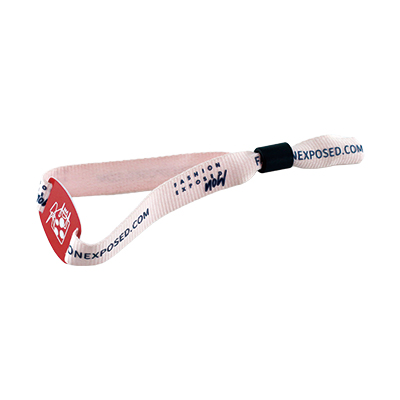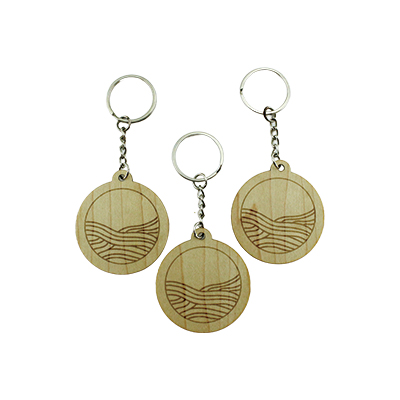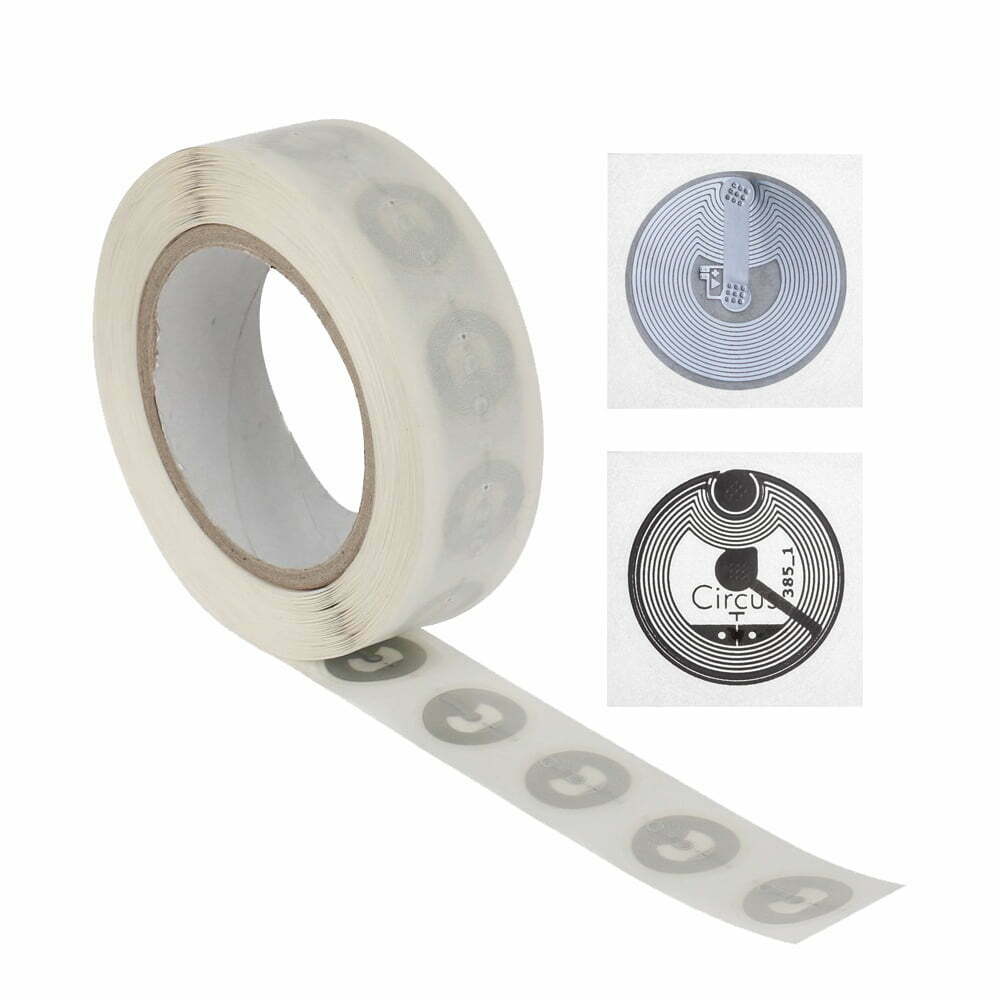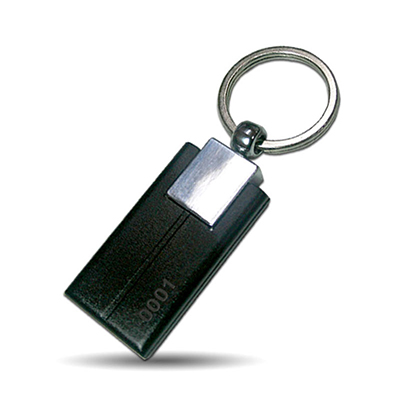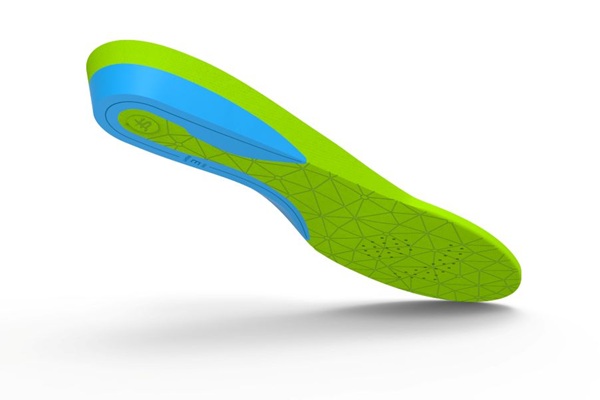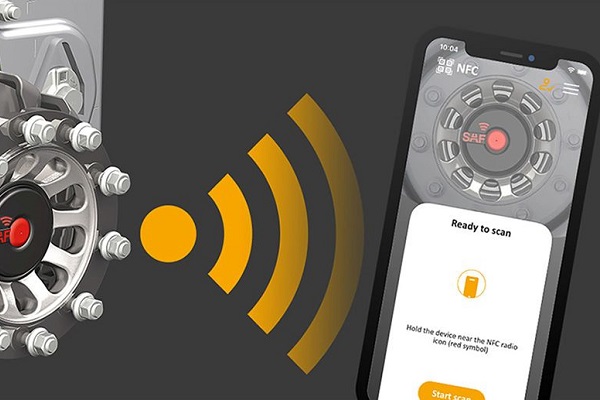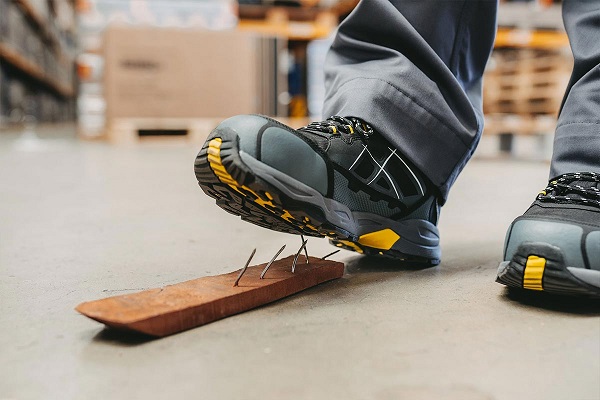 In the field of RFID chip on Clothing and Textile Manufacturing, radio frequency identification (RFID), which is one of the most promising technological innovations, is used in manufacturing, inventory control, warehousing, distribution, logistics, automatic object tracking and supply chain management. Various retailers and manufacturers (of clothing as well as consumer goods) such as CVS, Tesco, Prada, Benetten, Wal-mart and Procter & Gamble, are now implementing the technology and exploring the impact of the technology on their business. RFID technologies may improve the potential benefits of supply chain management through reduction of inventory losses, increase of the efficiency and speed of processes and improvement of information accuracy. The basic of success lies in understanding the technology and other features to minimize the potential problems. Although the technology existed for several years, the technological challenges and cost issues are the major hurdles for the widespread use of RFID. In this paper, the authors have addressed the technology of RFID and various applications related to inventory management, production control, retail management, brand segregation etc. in textile and clothing industry. In addition, the disadvantages, challenges and future directions of RFID technology have also been highlighted.
In the field of RFID chip on Clothing and Textile Manufacturing, radio frequency identification (RFID), which is one of the most promising technological innovations, is used in manufacturing, inventory control, warehousing, distribution, logistics, automatic object tracking and supply chain management. Various retailers and manufacturers (of clothing as well as consumer goods) such as CVS, Tesco, Prada, Benetten, Wal-mart and Procter & Gamble, are now implementing the technology and exploring the impact of the technology on their business. RFID technologies may improve the potential benefits of supply chain management through reduction of inventory losses, increase of the efficiency and speed of processes and improvement of information accuracy. The basic of success lies in understanding the technology and other features to minimize the potential problems. Although the technology existed for several years, the technological challenges and cost issues are the major hurdles for the widespread use of RFID. In this paper, the authors have addressed the technology of RFID and various applications related to inventory management, production control, retail management, brand segregation etc. in textile and clothing industry. In addition, the disadvantages, challenges and future directions of RFID technology have also been highlighted.
The rapid pace at which the technological innovations are being introduced in the world poses a potential challenge to the retailer, supplier, and enterprises. In the field of Information Technology (IT) there is a rapid growth in the last 30 years. One of the most promising technological innovations in IT is radio frequency identification (RFID). The RFID technology was evolved in 1945 as an espionage tool invented by Leon Theremin for the Soviet Government. At that time it was mainly used by the military. The progress in microchip design, antenna technology and radio spread spectrum pushed it into various applications like supply chain management, retail, automatic toll collection by tunnel companies, animal tracking, ski lift access, tracking library books, theft prevention, vehicle immobilizer systems, railway rolling stock identification, movement tracking, security, healthcare, printing, textiles and clothing. RFID can make the companies more competitive by changing the related processes in supply chain, manufacturing and retailing.
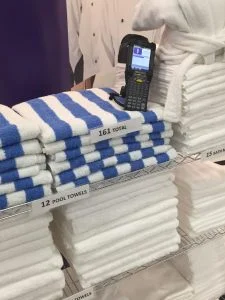 The RFID and bar coding systems resemble in the concept of identifying different objects. However, RFID enhances data processing and works as a complementary to the existing technologies. RFID is the advanced system over barcodes in terms of non-optical proximity communication, information density and two-way communication ability. The recent developments in microelectronics and data processing have enabled the use of less expensive and smaller components with improved efficiency of RFID. Hence, the application of RFID in various areas particularly in supply chain has grown from $1 billion in 2003 to $20 billion in 2013. The recent research works on RFID focus on inventory management, logistics, transportation, manufacturing, asset tracking and object location.
The RFID and bar coding systems resemble in the concept of identifying different objects. However, RFID enhances data processing and works as a complementary to the existing technologies. RFID is the advanced system over barcodes in terms of non-optical proximity communication, information density and two-way communication ability. The recent developments in microelectronics and data processing have enabled the use of less expensive and smaller components with improved efficiency of RFID. Hence, the application of RFID in various areas particularly in supply chain has grown from $1 billion in 2003 to $20 billion in 2013. The recent research works on RFID focus on inventory management, logistics, transportation, manufacturing, asset tracking and object location.
World trade organization (WTO) is continuously thriving to facilitate international trade by reducing barriers which assists the manufacturing process of fashion products to low cost countries. Christopher characterizes the fashion industry by wider collection/more choices, seasonally impacted, variable and short life-cycles, and complex supply chain and distribution activities. Profitability in fashion industries are going down due to the competitive nature of business, thus requiring better coordination between all the partners in supply chain. Fashion companies dominating the market at some stage have lost their market share to the emerging companies like Zara, H&M and Benetton as the business strategy of these companies’ involves more inventory turns and they offer wider range of assortments giving rise a concept of “Fast Fashion”. All these changes in fashion industry need to capture new technologies and using them wisely, which can reduce lead time, cost and most importantly efficiently manage the inventory. Among the new technologies, RFID is of particular interest as it has capability of providing solutions to some of these issues.
Barcode systems, although used for product information, inventory control, have some drawbacks as compared to RFID. The amount of information stored in a barcode is very less as compared to RFID. RFID can store up to 1,000 bytes of data. An RFID is specific to each item, whereas the barcode is not. Barcode needs human interaction for proper operation. It requires time-of-sight access to an optical scanner for the product related information. The barcode is to be replaced if the information it contains needs modification, but in RFID it can be modified at stages of the supply chain by the interaction between the microchip and the reader software. The barcode system is less accurate as compared to RFID.
A dearth of review of the literature on the application of RFID in textile and clothing manufacturing and retailing. Hence, an attempt has been made in this paper to review various applications of clothing and textile RFID in the manufacture and distribution. This paper also covers the technology of RFID, major challenges faced by the technology and the future directions.

Applications of RFID in fashion industry
In the field of Apparel, RFID chip on Clothing and Textile Manufacturing, inventory control, warehousing, distribution, logistics, automatic object tracking and supply chain management. For example, the finished garments, different pattern pieces and accessories can be traced and the progress of the production process can be monitored. In processing and weaving, the fabric lots can be traced easily. In spinning mills, the bales of cotton and the yarns can be traced easily. The mixing of different yarn lots which is a major problem in spinning mills can be avoided.
A range of problems unique to fashion industry can be solved by installing the RFID Textile Tag system in various processes involved in fashion supply chain. Fashion industry can be divided into four sectors such as manufacturing, overseas transportation, distribution and retailing. In manufacturing RFID can be used to avoid product and component mixing, and mixing of different accessories. In overseas transportation RFID Textile tag can be used to track and trace the consignment before and after Free on Board, if product is outsourced. RFID primarily can solve the issue of sorting and tracking the product very quickly, thus reducing the lead time during distribution. In majority of the retail shops, the space is a constraint, which needs to be used efficiently. RFID textile tag is used to manage the stock to identify the item quickly and correctly so as to avoid “search regret”, and thus help to solve the problem.
Inventory management
The use of RFID Textile Chip in Clothing system assists in better inventory management and enhances customer shopping experience. The RFID system can indicate the type of clothing selling faster or slower, which provide customized advertisement on picked clothes according to the RFID tags. The RFID use also helps in reducing labor. For example, American Apparel applied RFID system in eight of their stores, which saved about 60–80 h per week in labor and reduced out-of-stock products owing to unawareness. Similarly, the Japanese apparel manufacturer ‘Sankei’ is using a RFID system in manufacturing to track clothes during the manufacturing process in addition to the online sales.
A successful case study has been conducted by Kaufhaulf departmental store in Europe on the impact of RFID on their processes and supply chain. They have concluded that RFID can be used in warehousing to track the goods and assist in cross docking operation as the goods received are not segregated in the warehouse but stored as they are received from the manufacturer. In the distribution center’s receivable area RFID readers can be implemented to track the goods as they come in. The received goods are registered and the data stored on RFID transponders can be read for each good though received in pallets or individual fashion item on hanger. In this the task of counting hangers, items and pallets can be eliminated and quantity can be controlled up to 100% satisfaction level.



